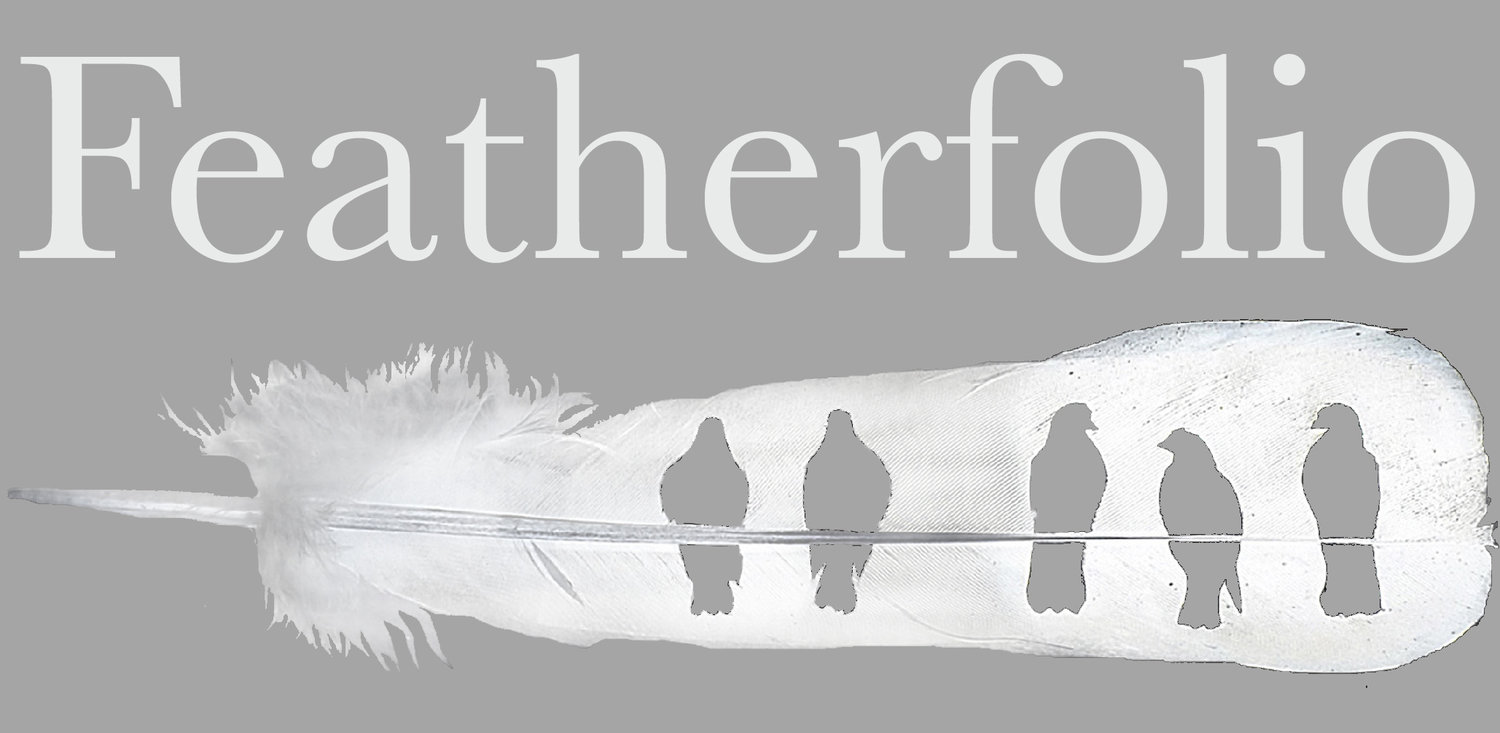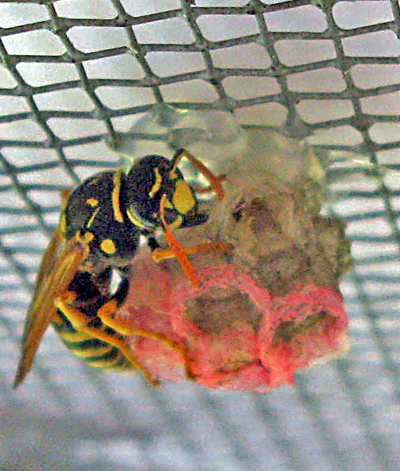Quetzalcoatl detail . green-wing macaw tail feather and shed rattlesnake skin
According to Paleontologist Neil Shubin in his book Your Inner Fish, teeth were the first hard things that developed in any creature’s bodies, even bones. They developed in early jawless and boneless fish like lampreys. The way they developed, by folding of inner and outer layer of skin, paved the way for the same process to be adapted to the development of feathers and also scales and other organs like mammary breasts. He states, “the battery of major genetic switches that are active in this process in each kind of tissue are largely similar. “ and, “We would never have scales, feathers, or breasts if we didn’t have teeth in the first place.”
I am drawn to this idea because it means that we share more with other creatures than we usually think.





















